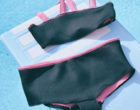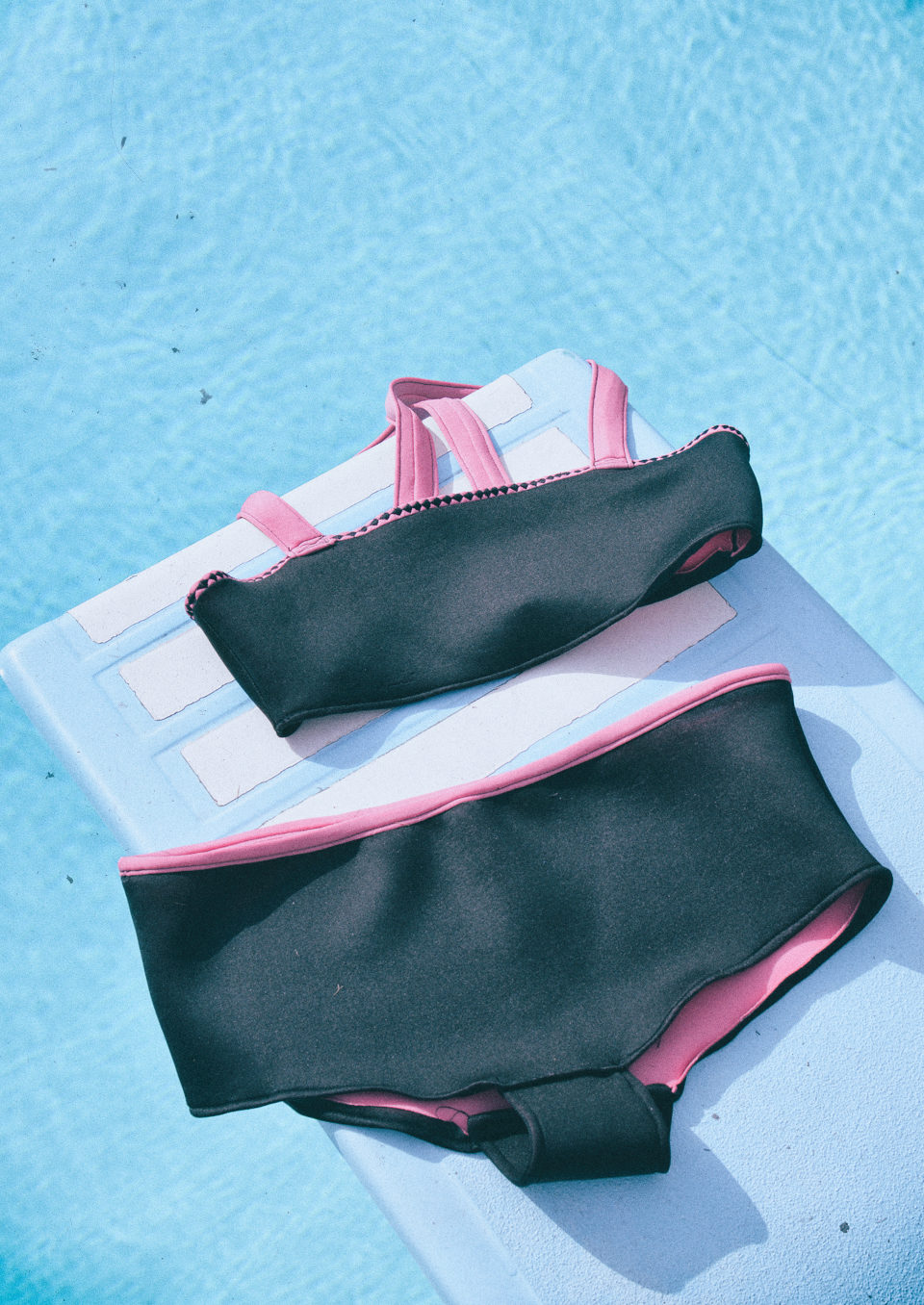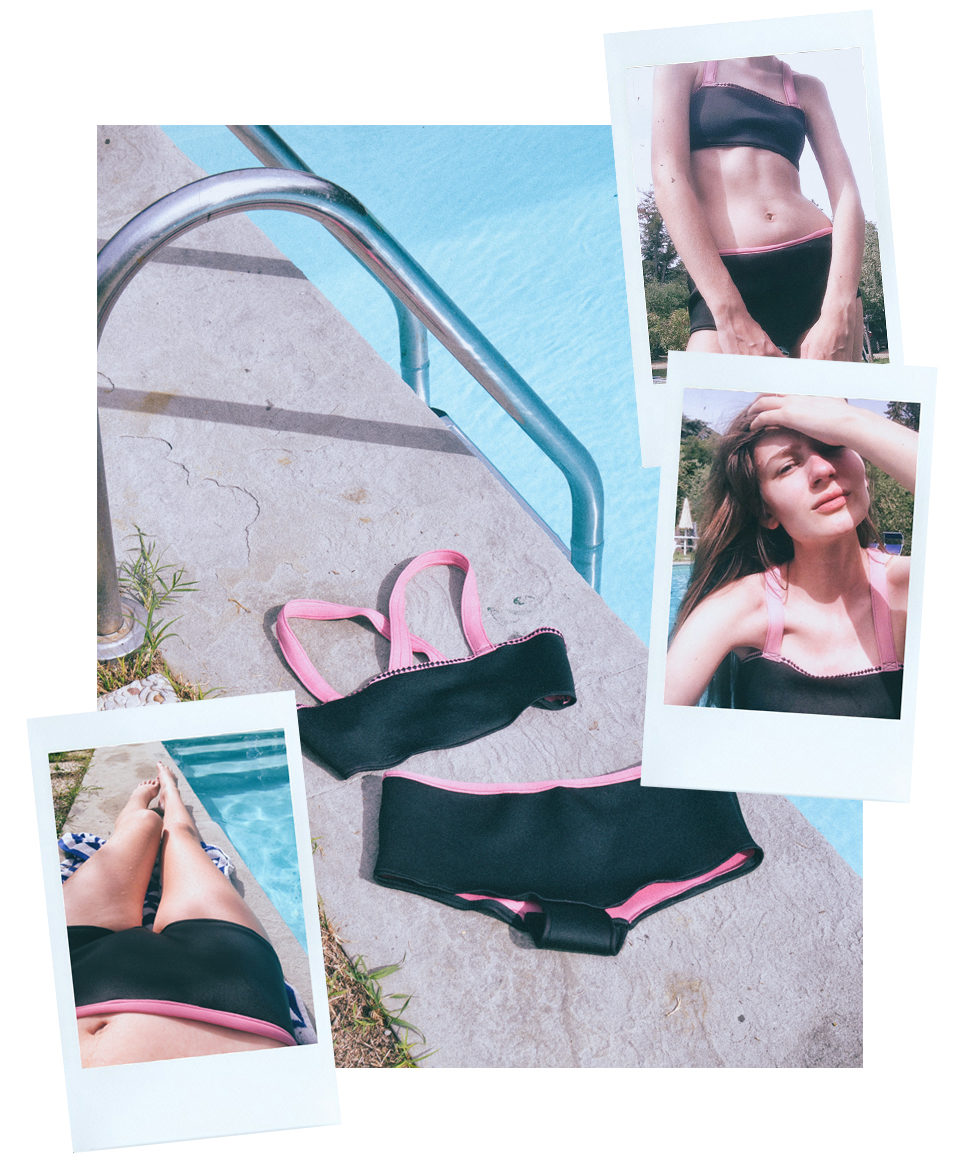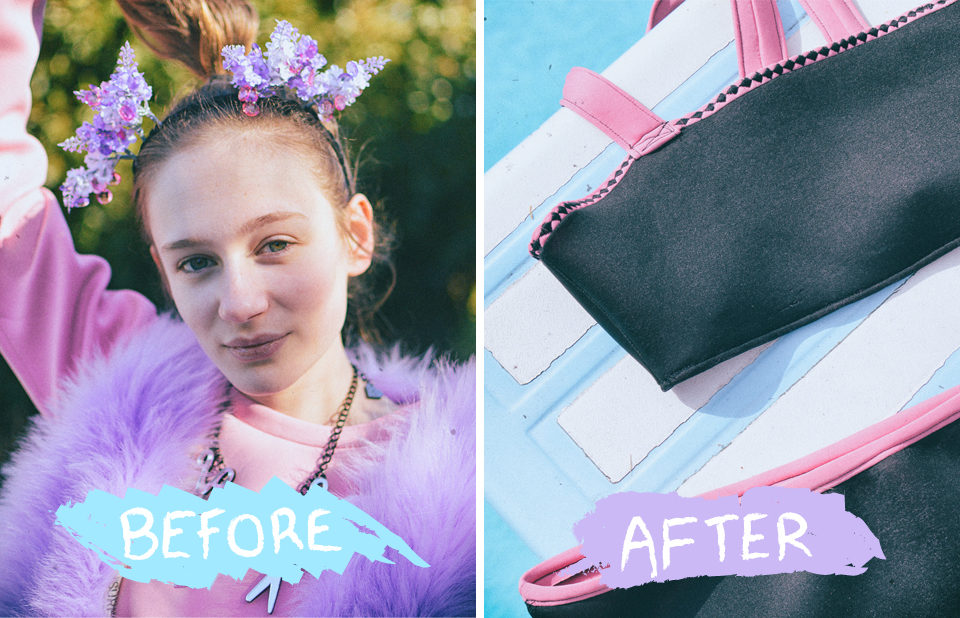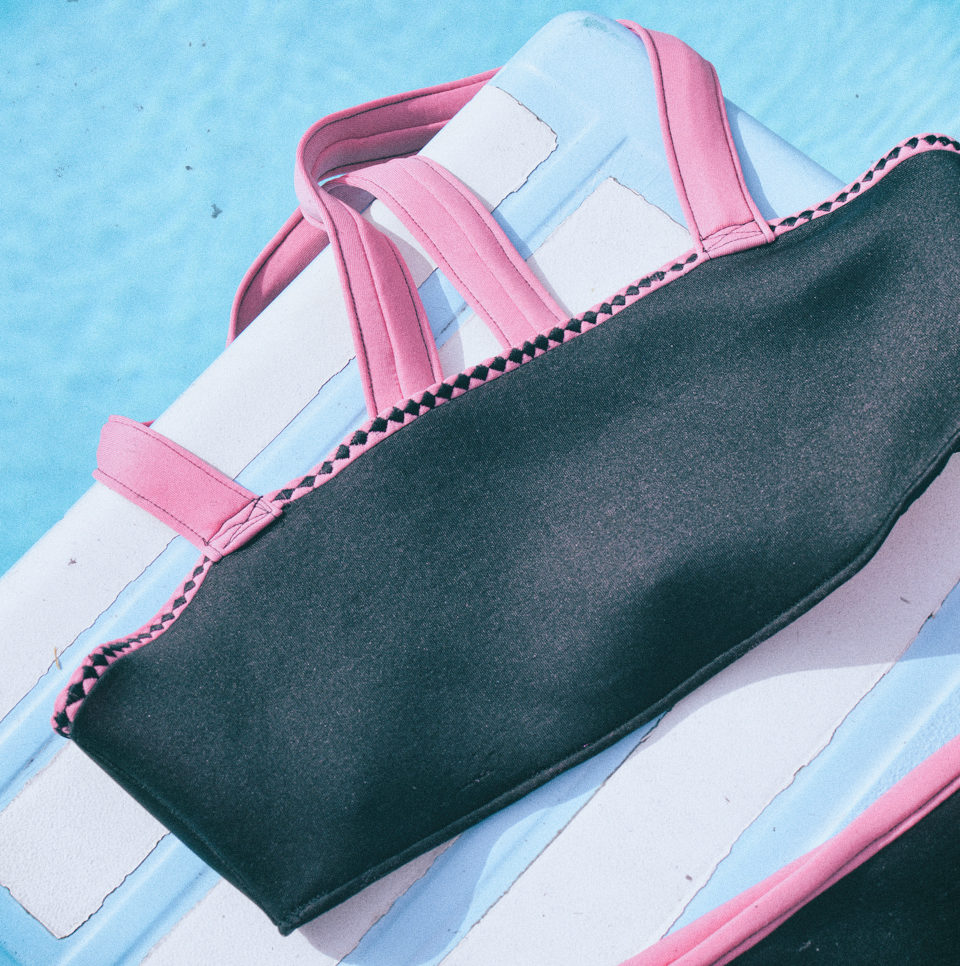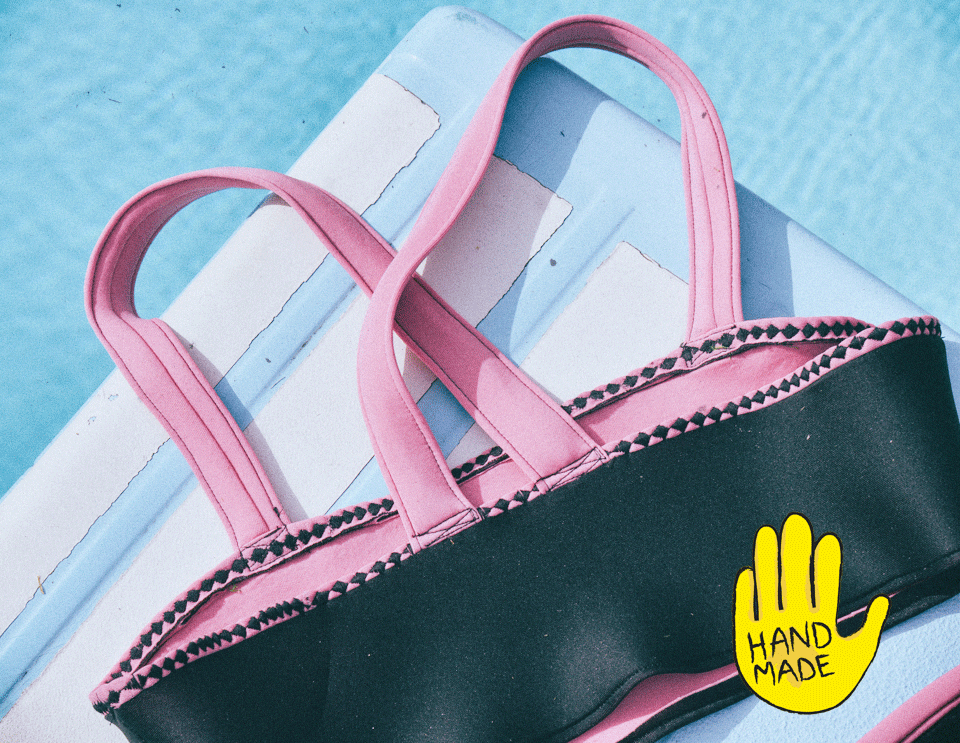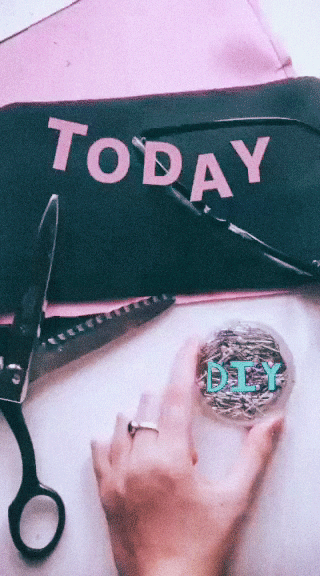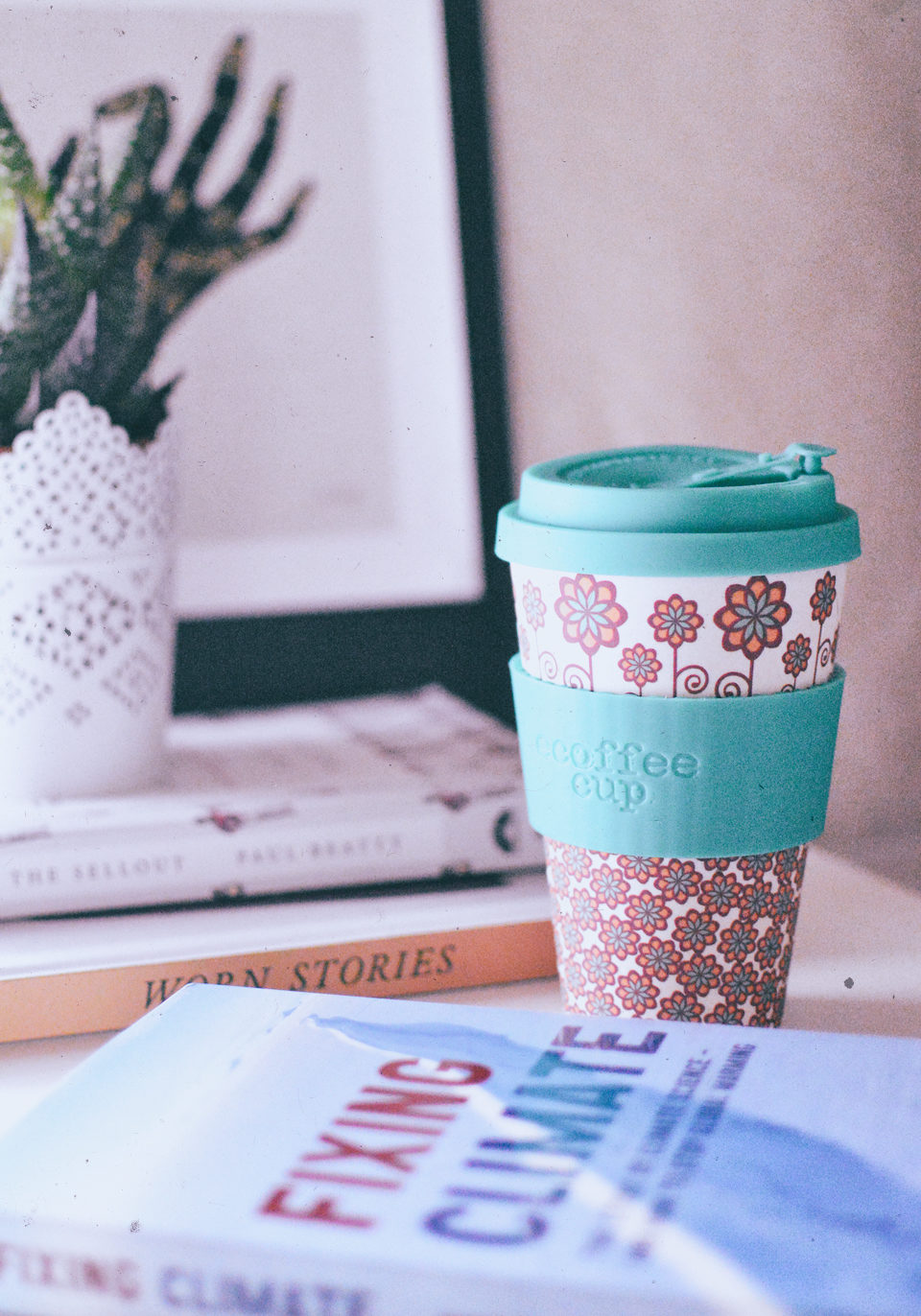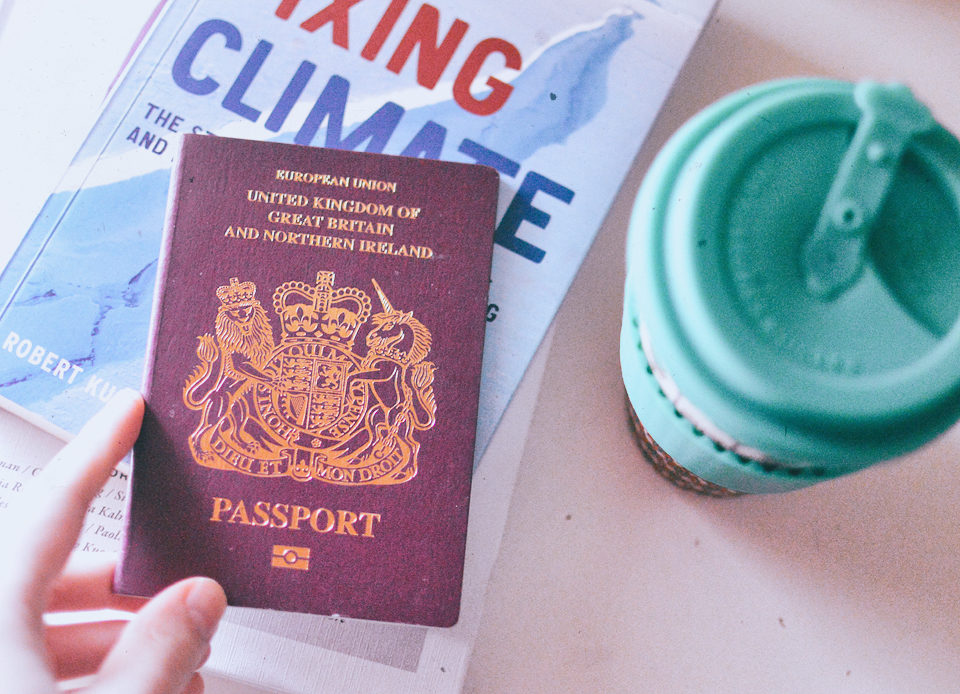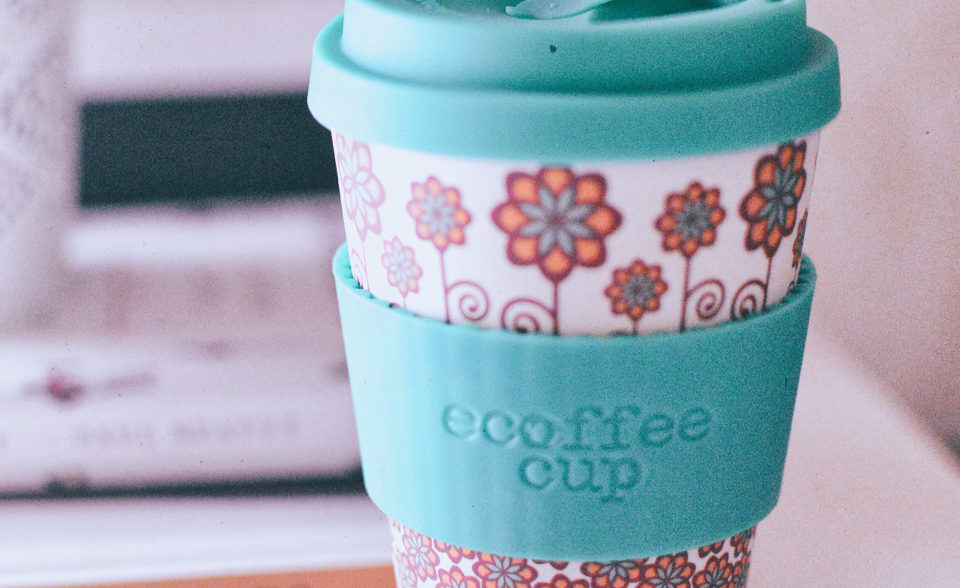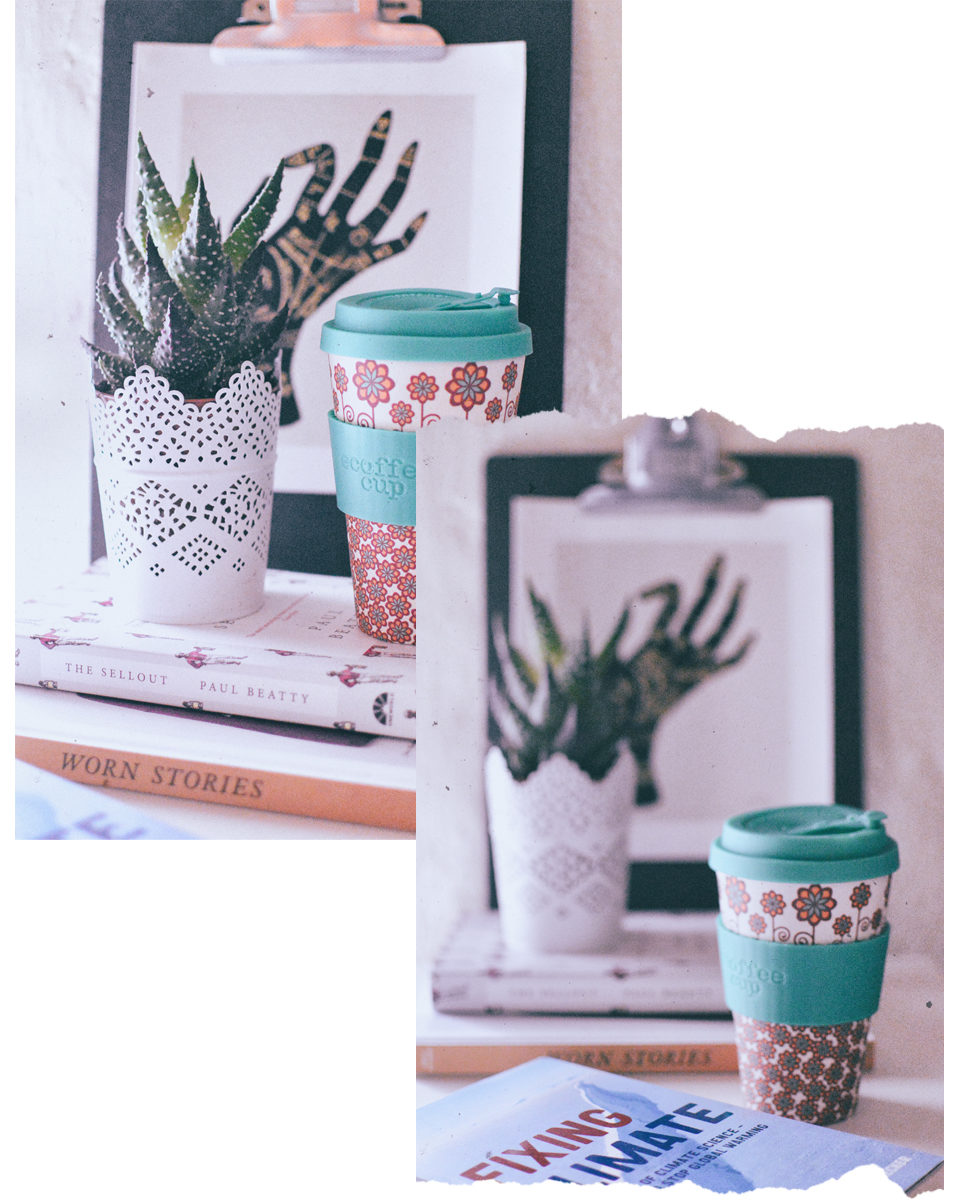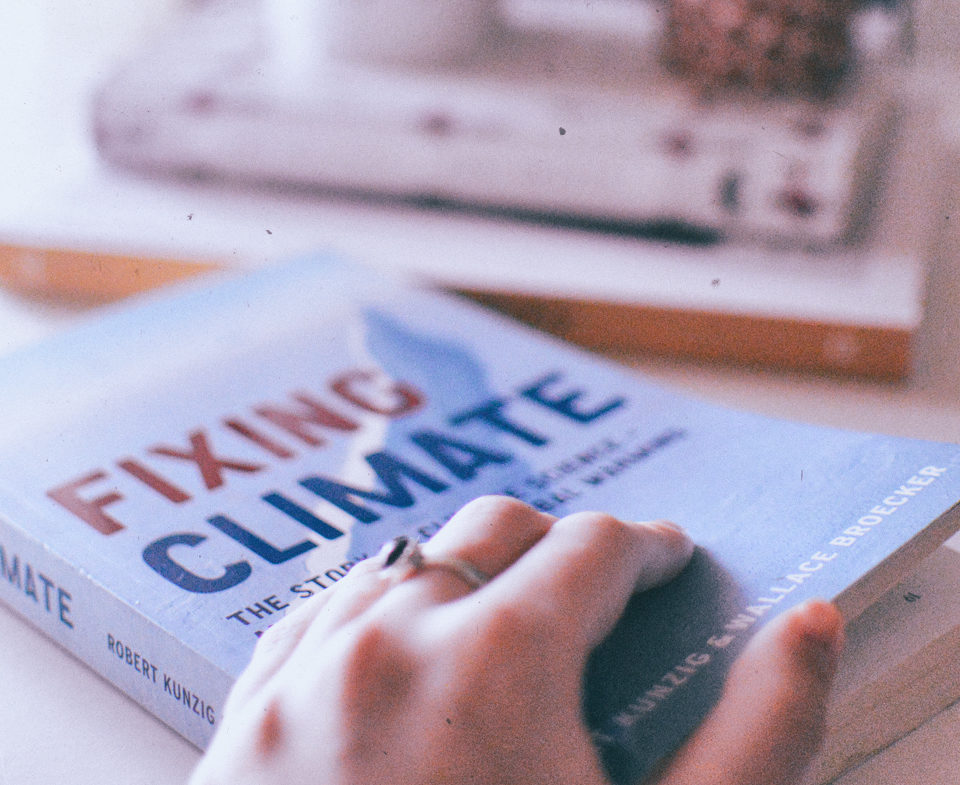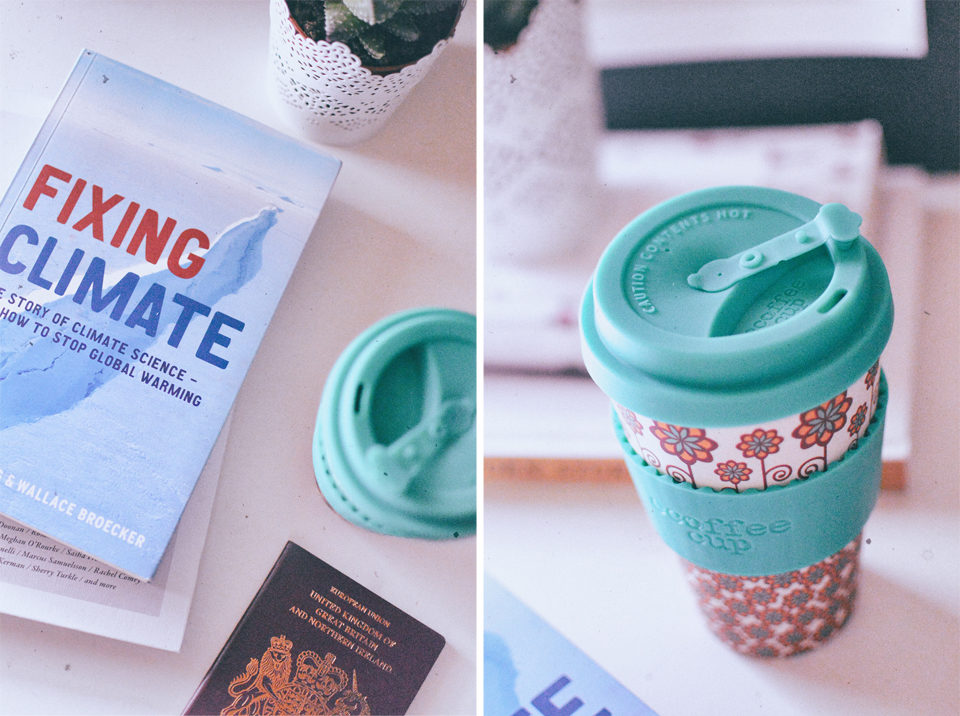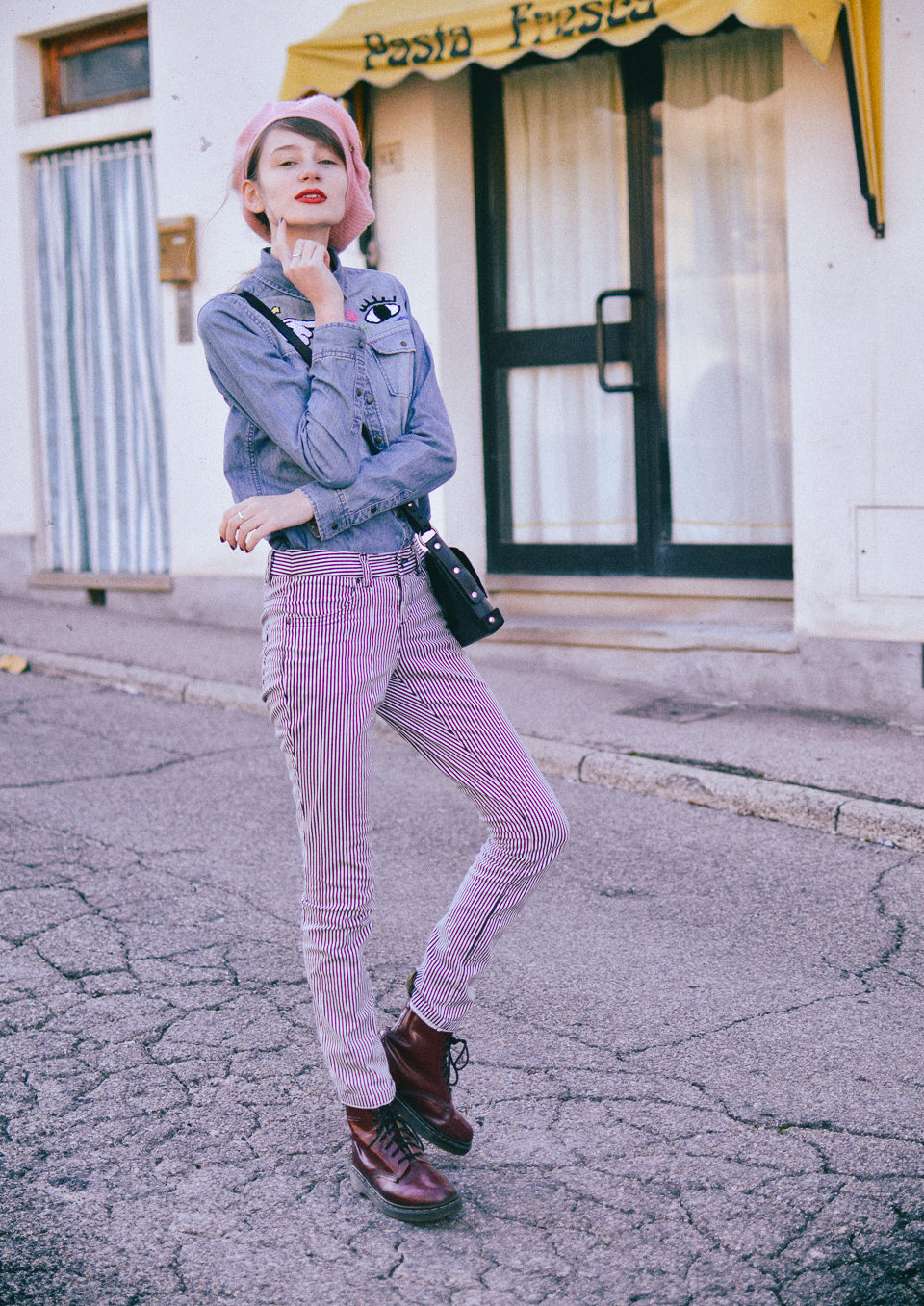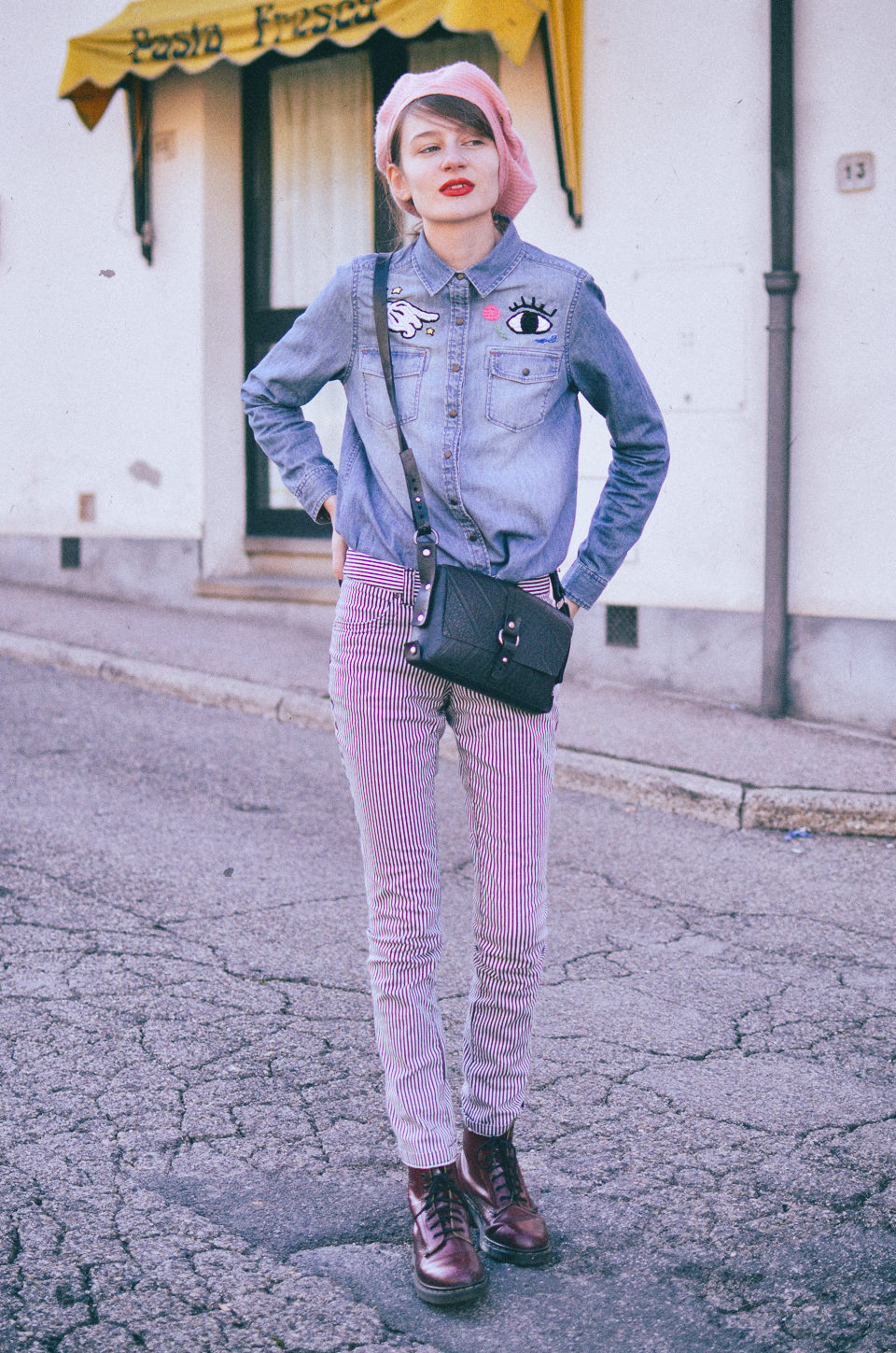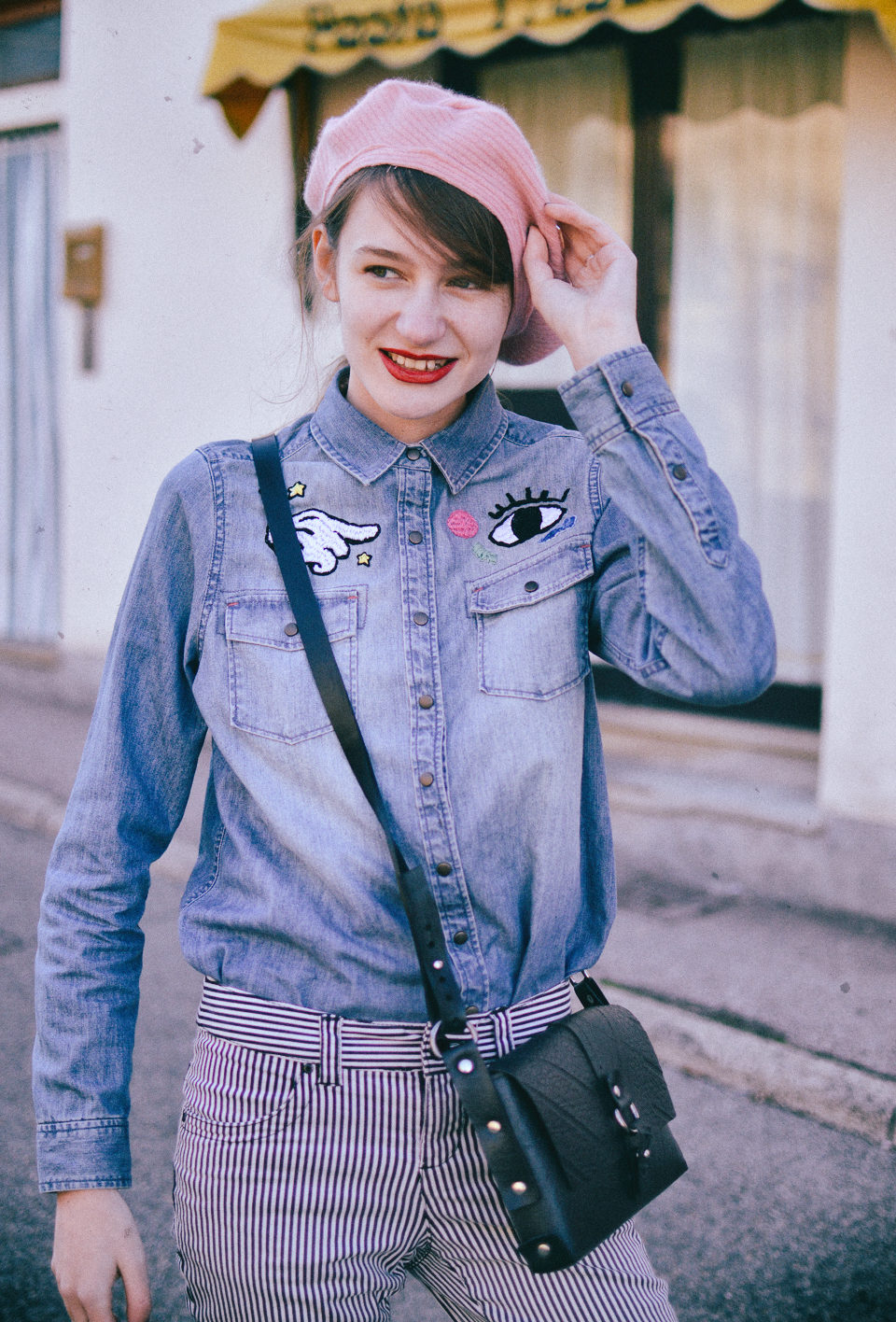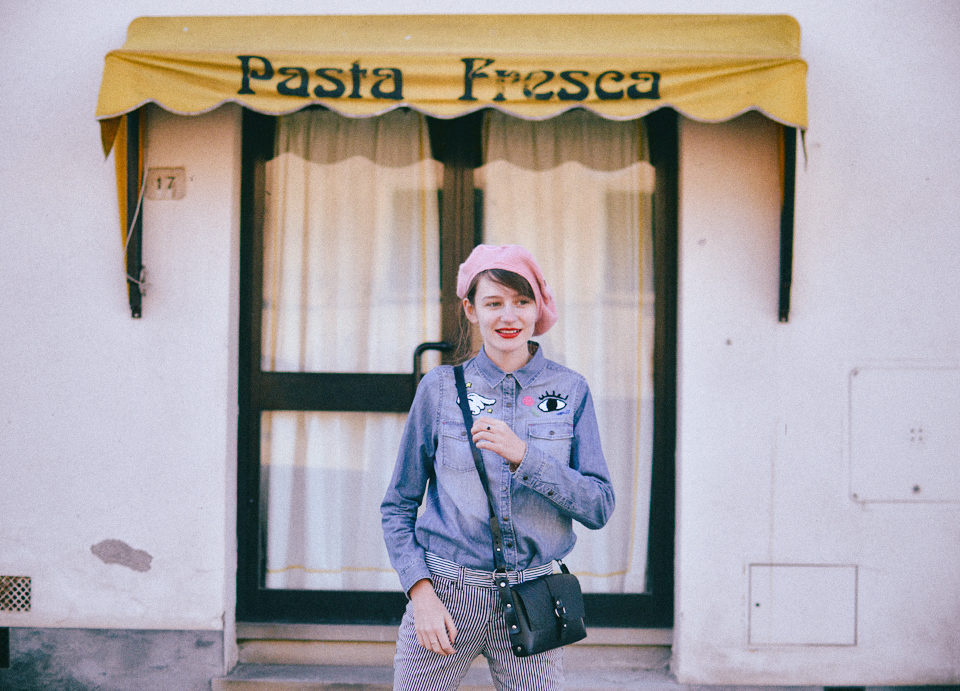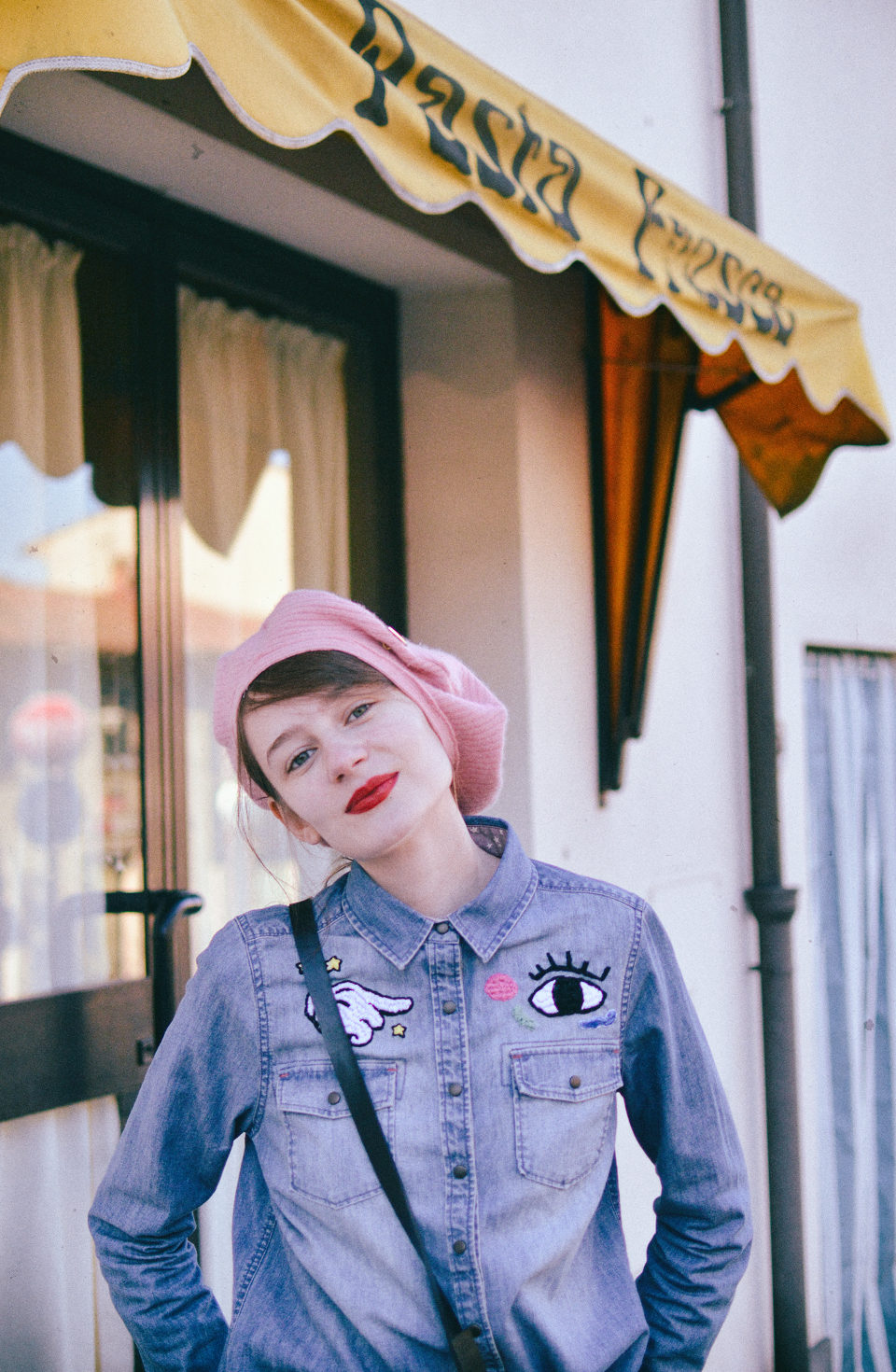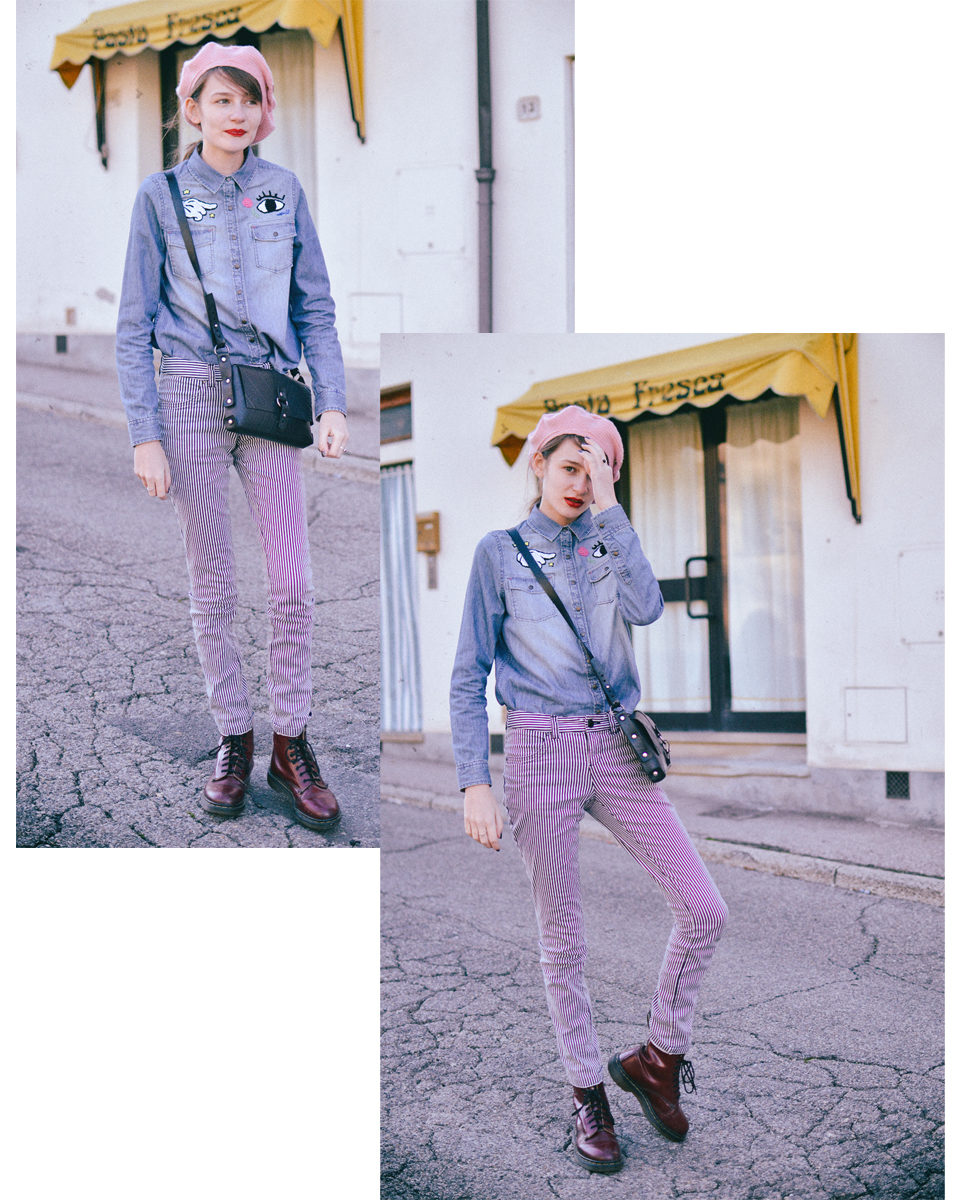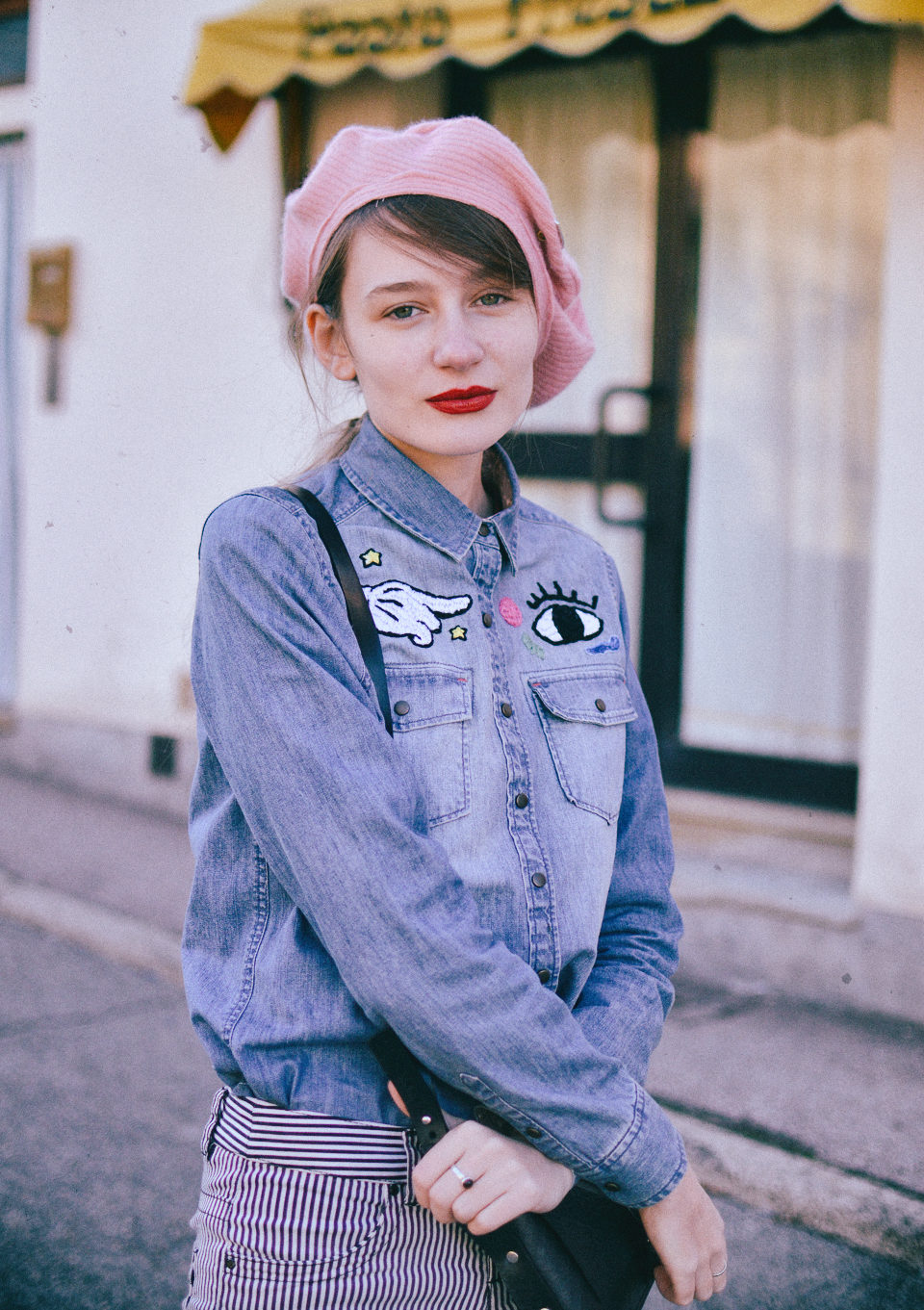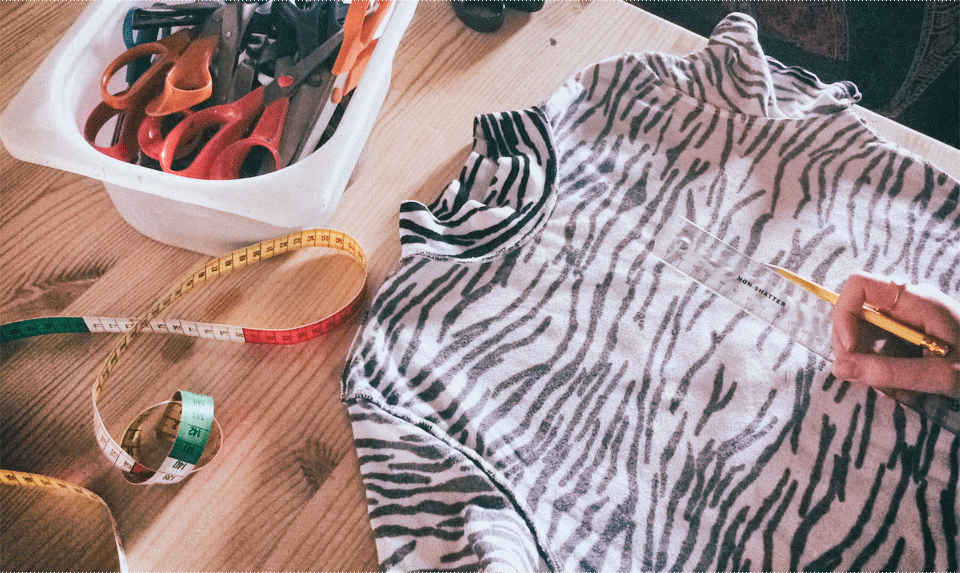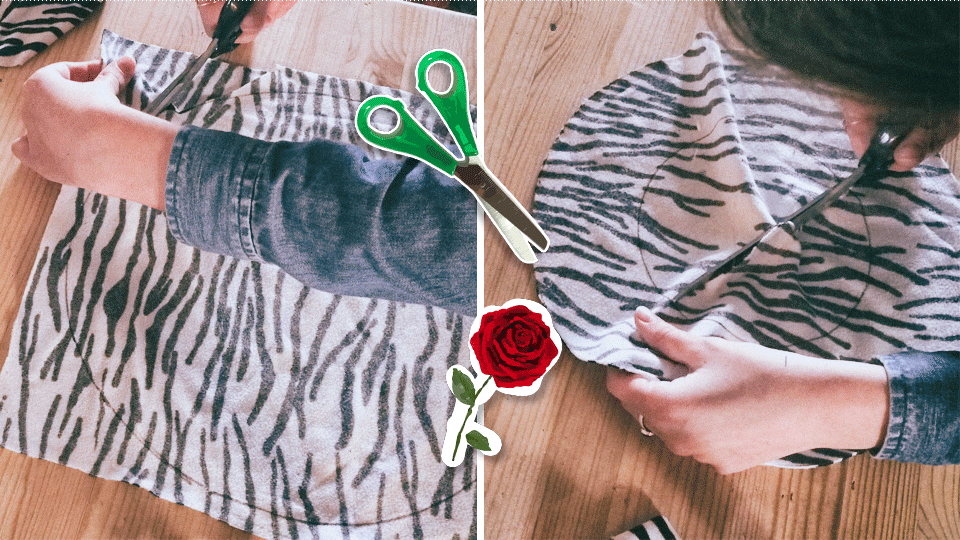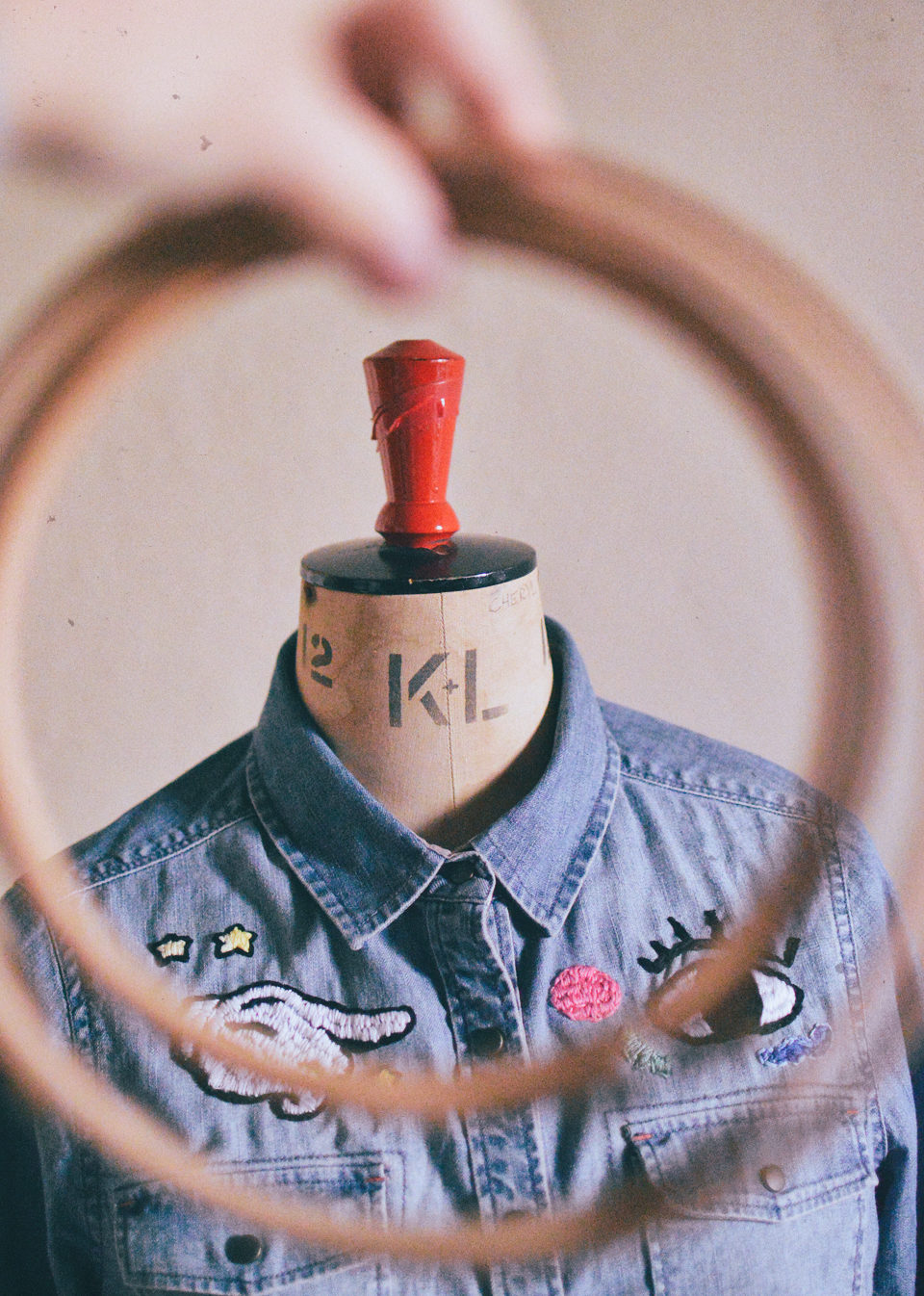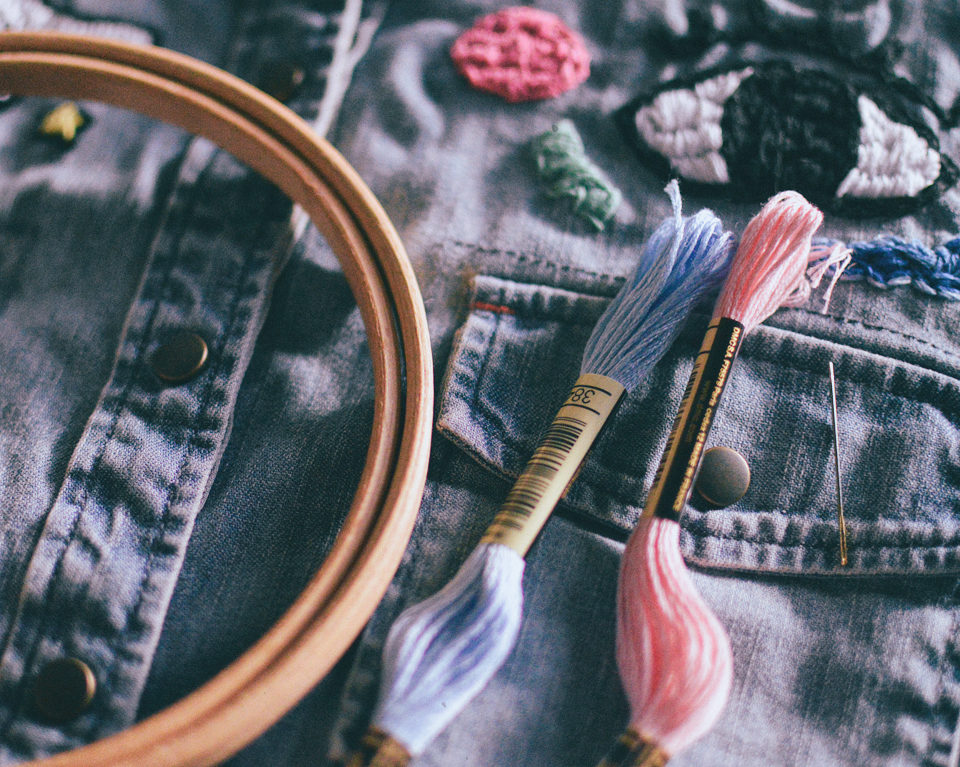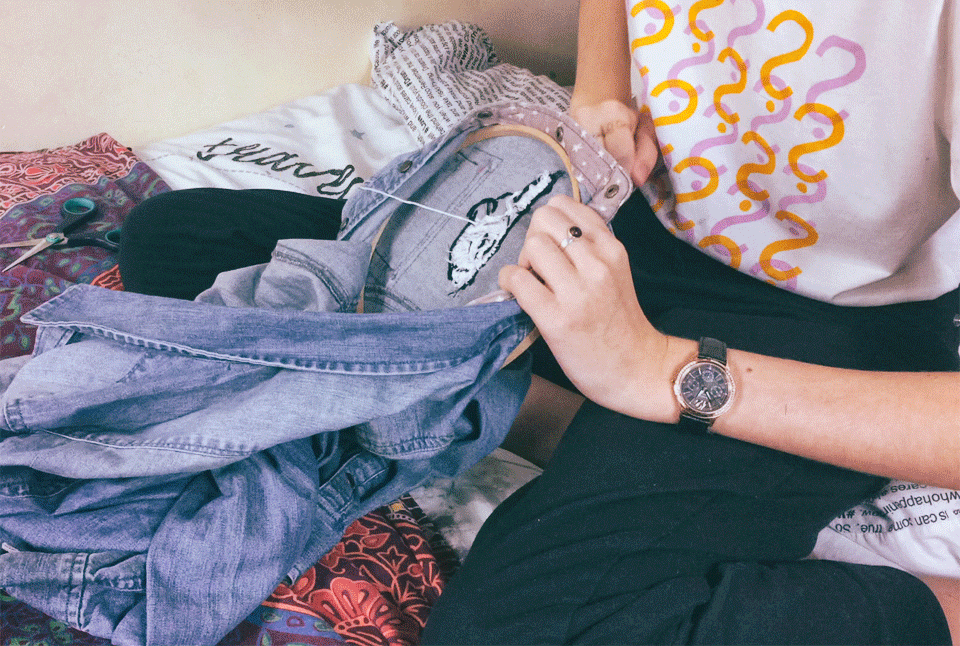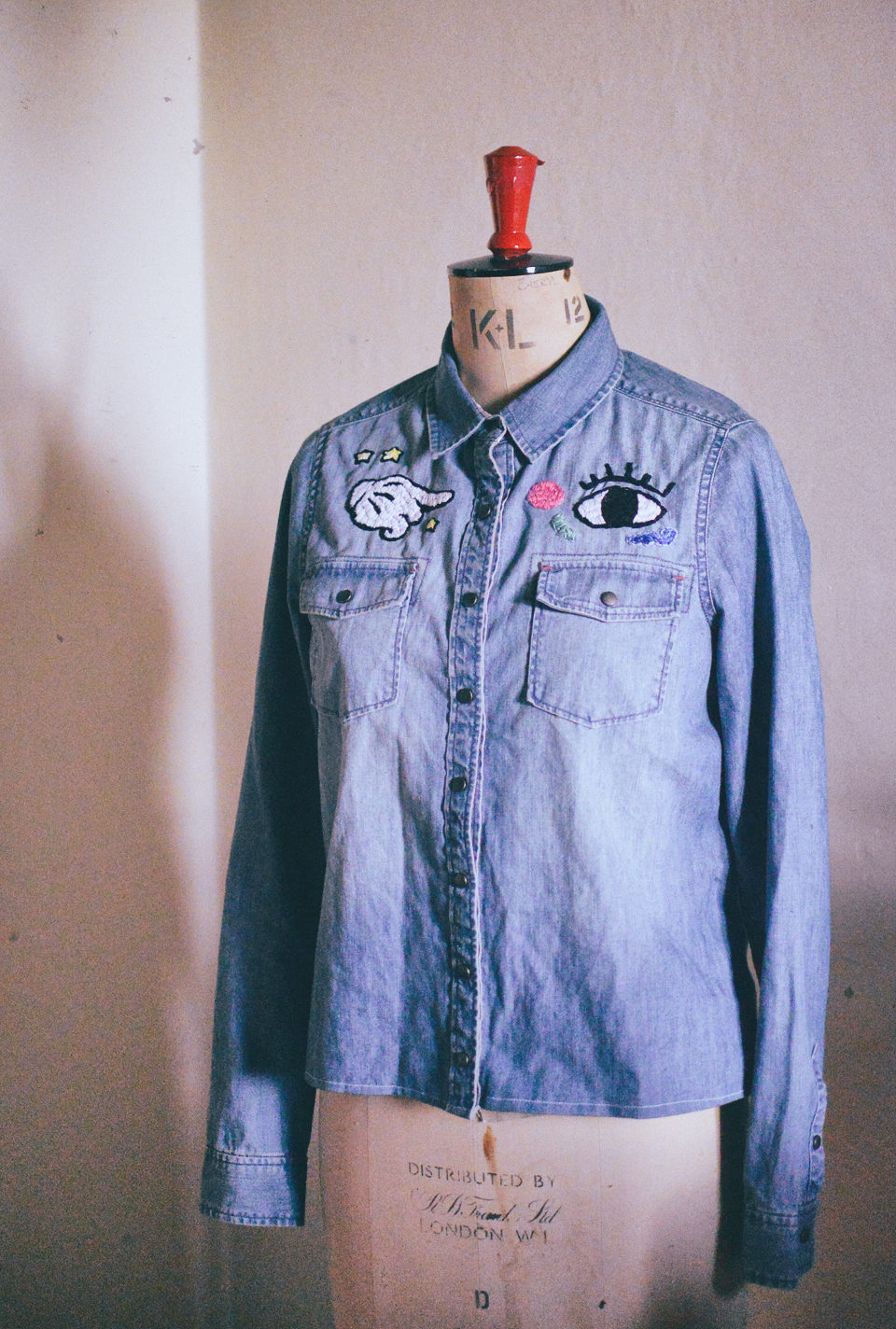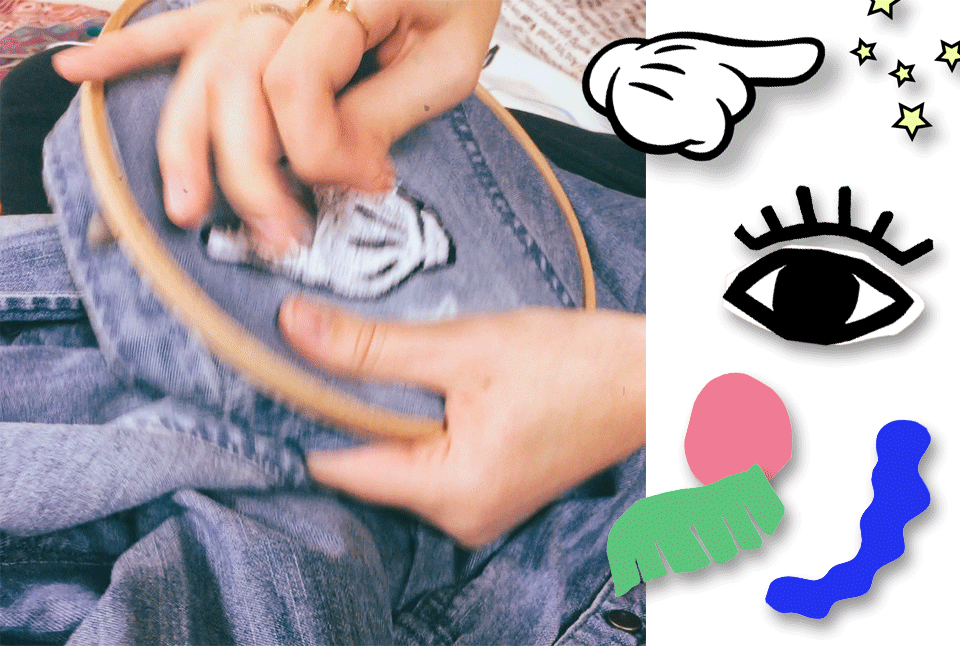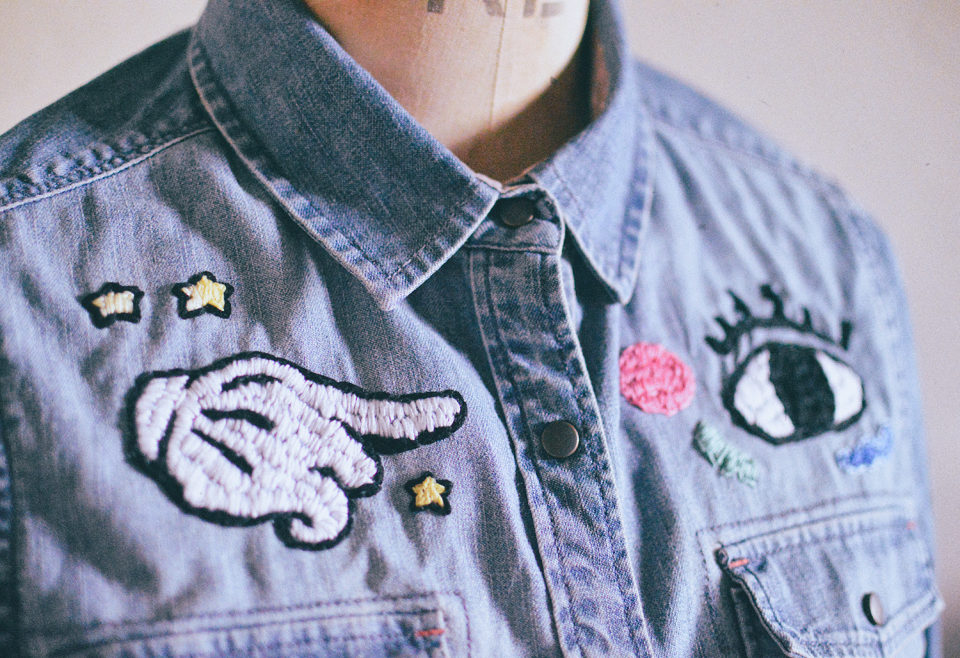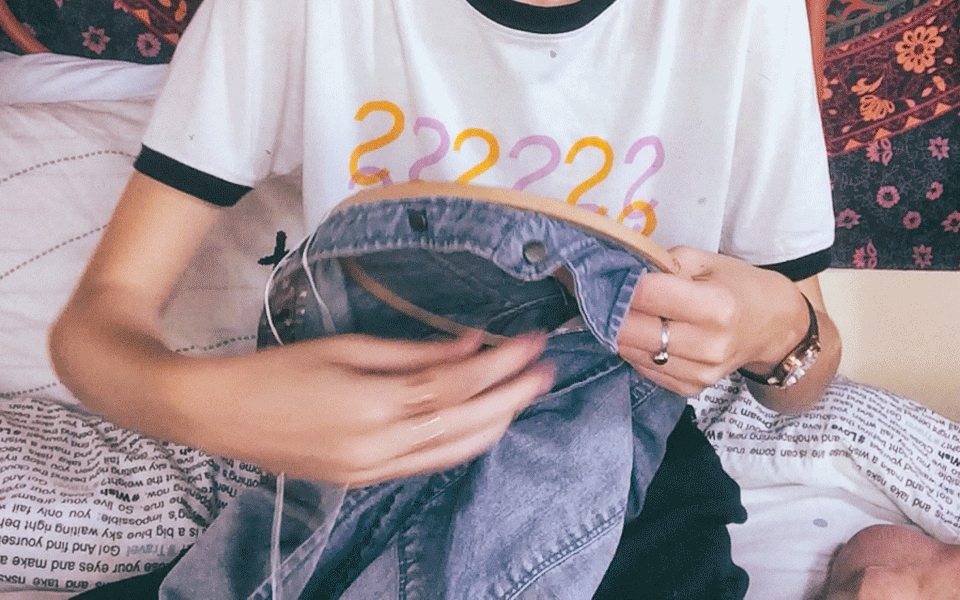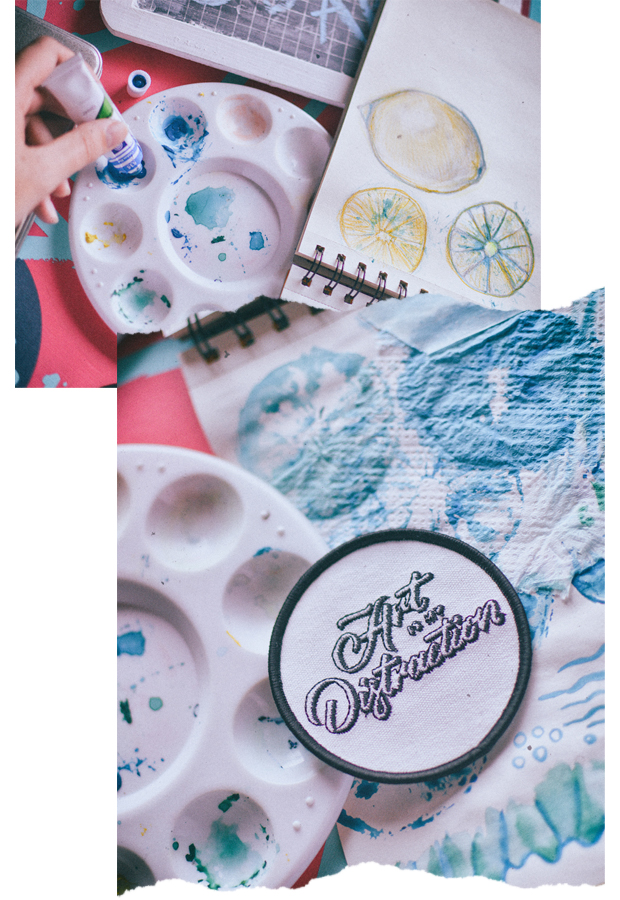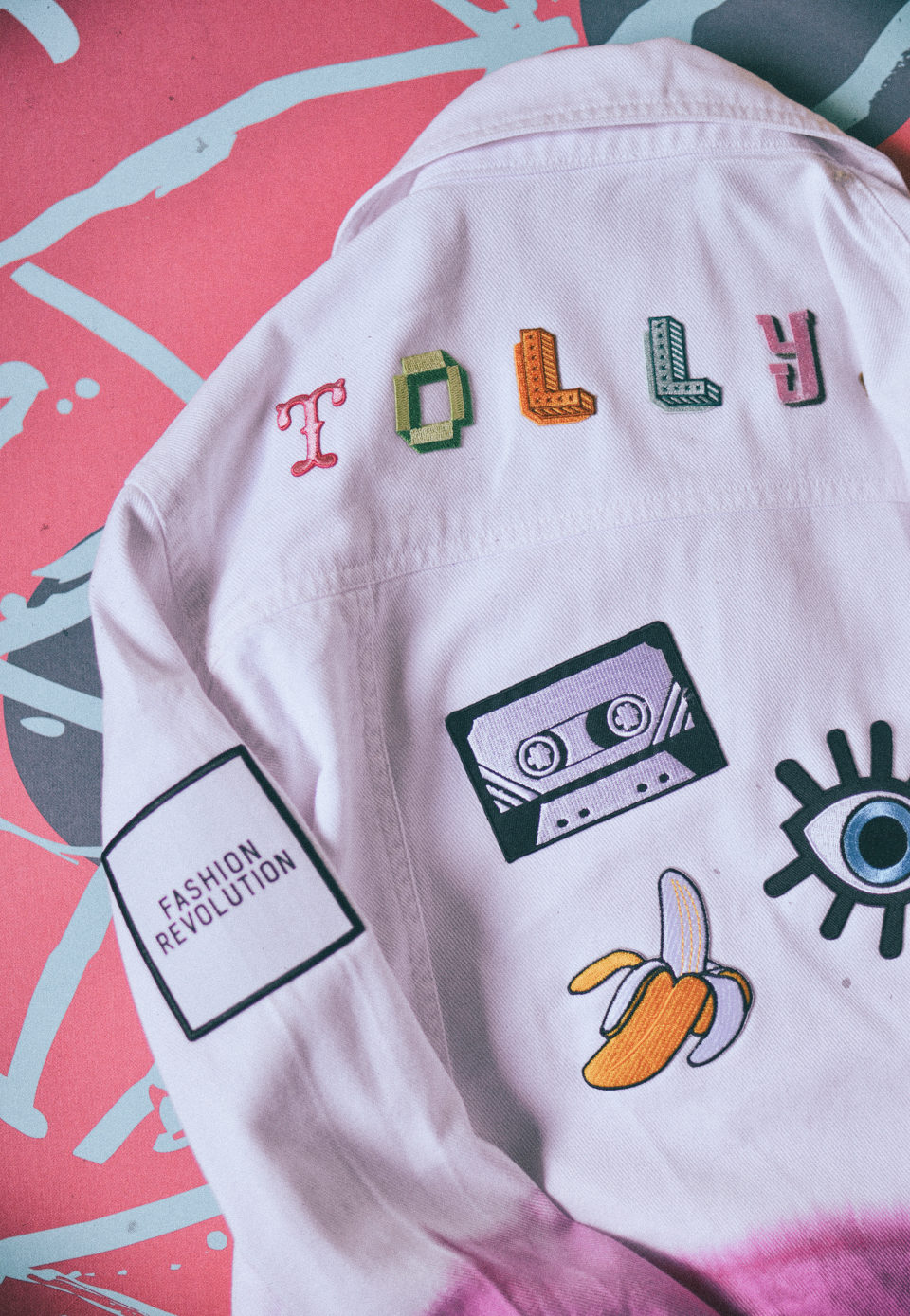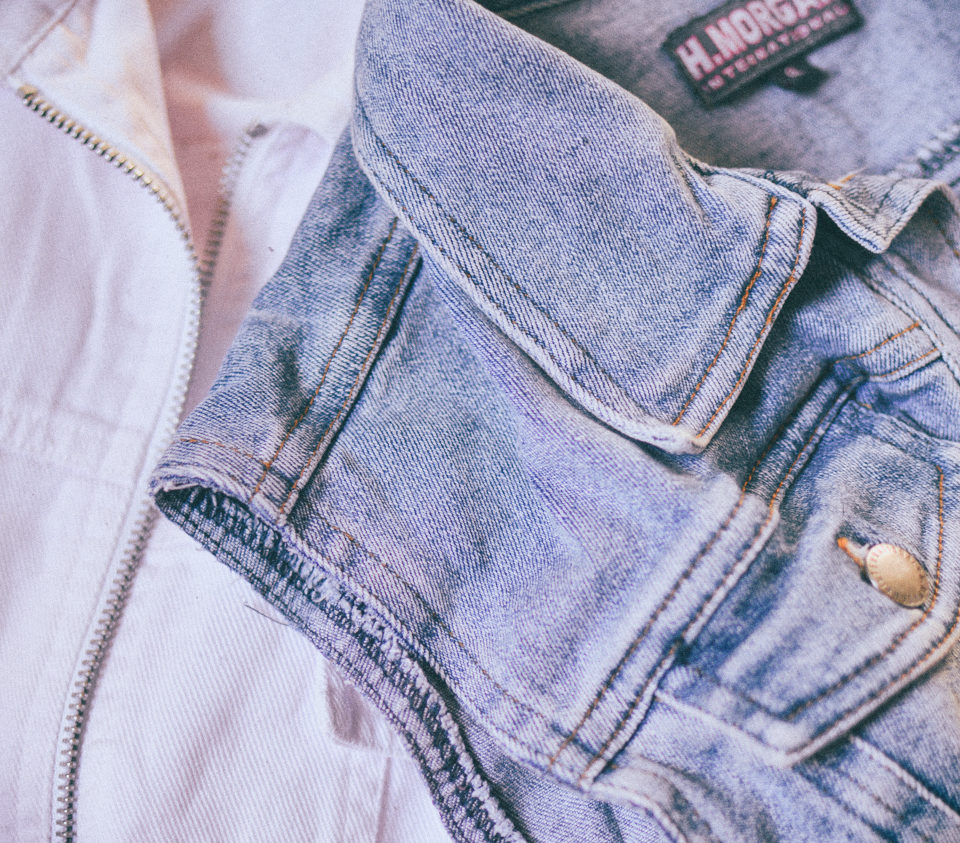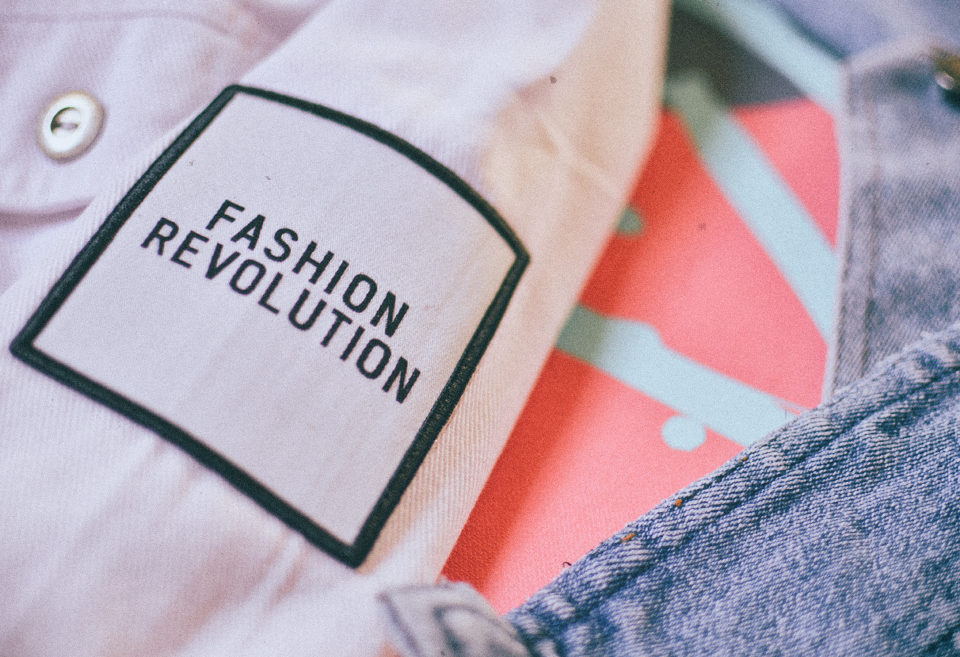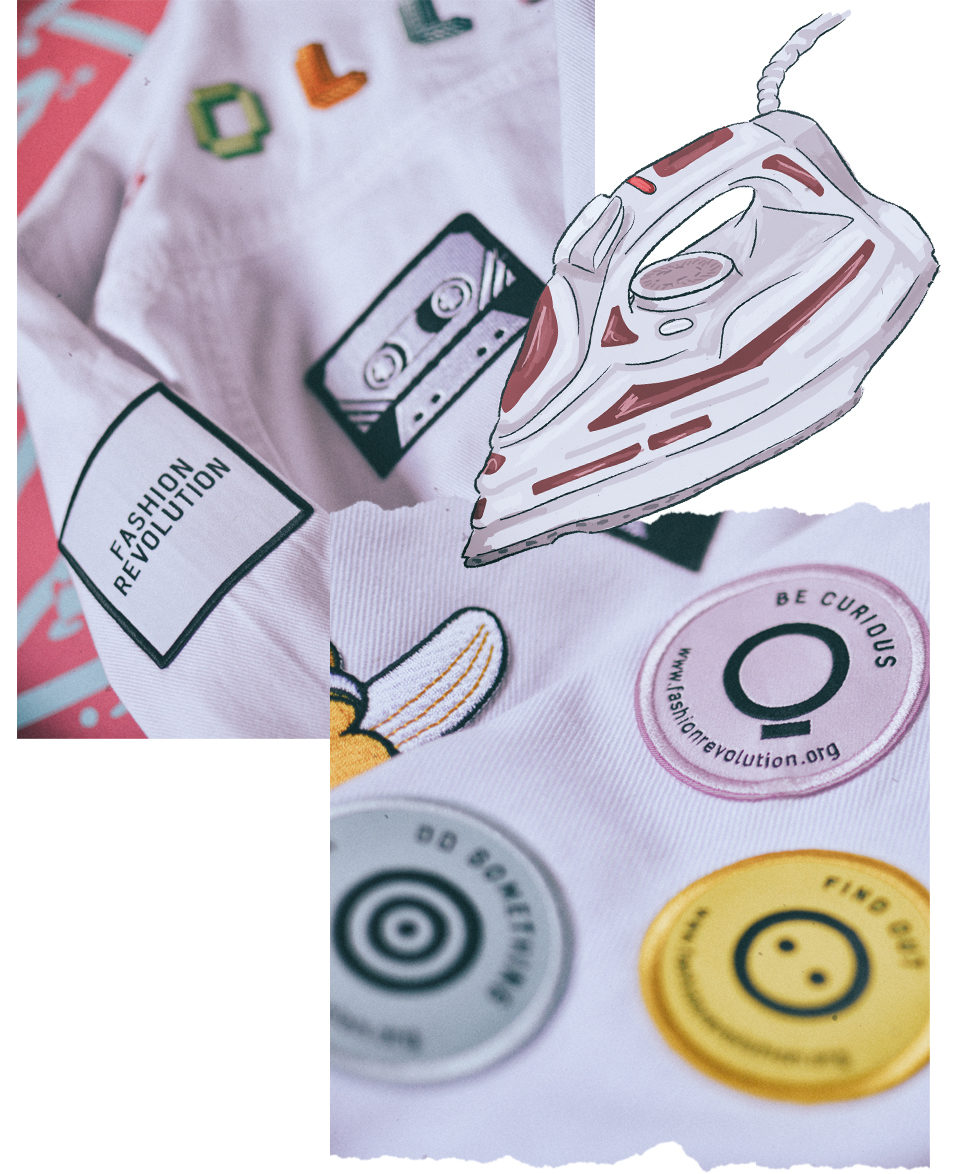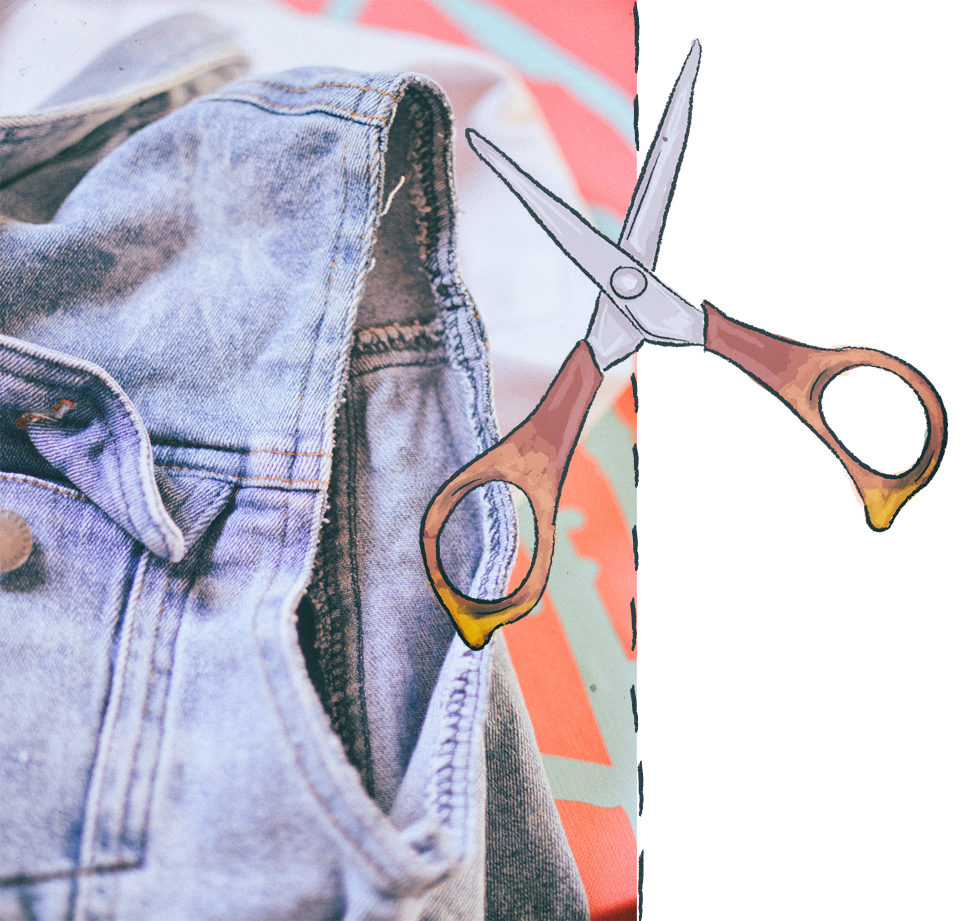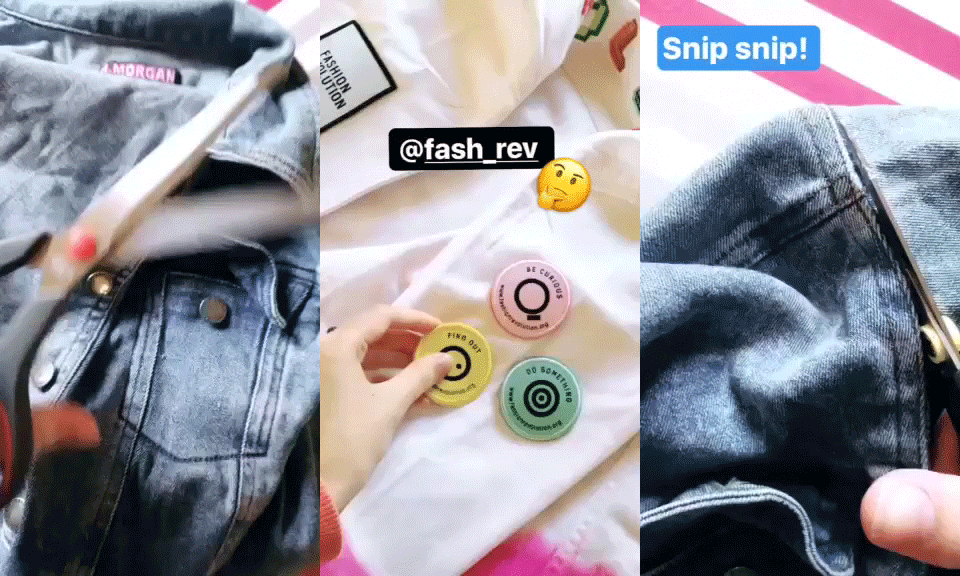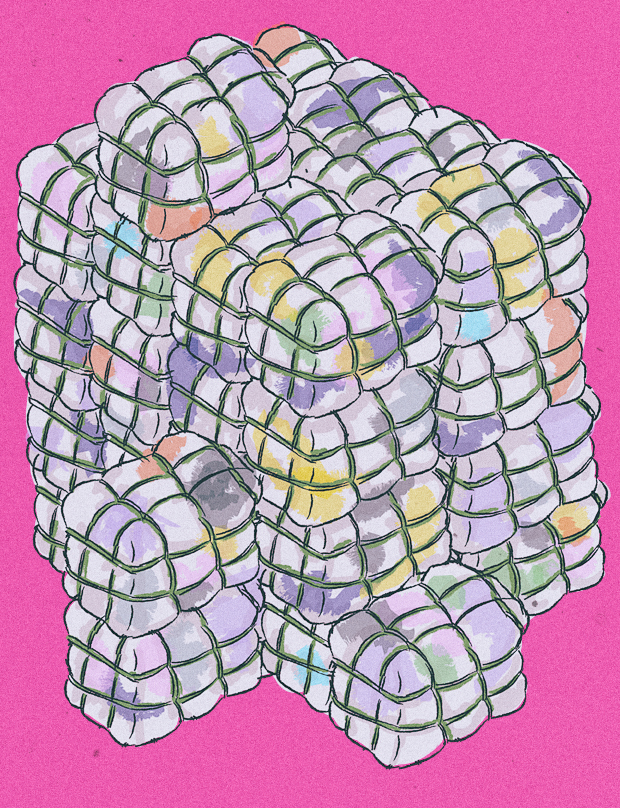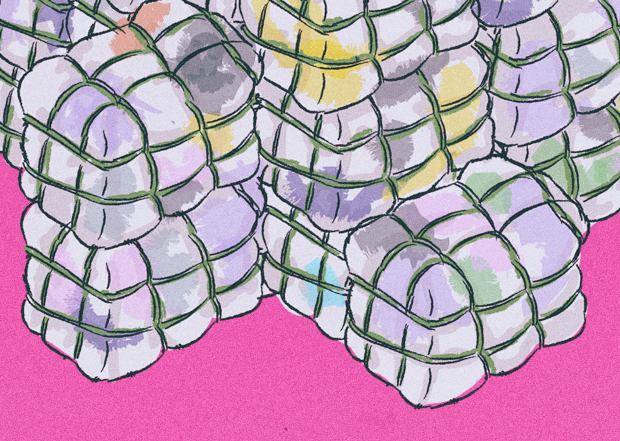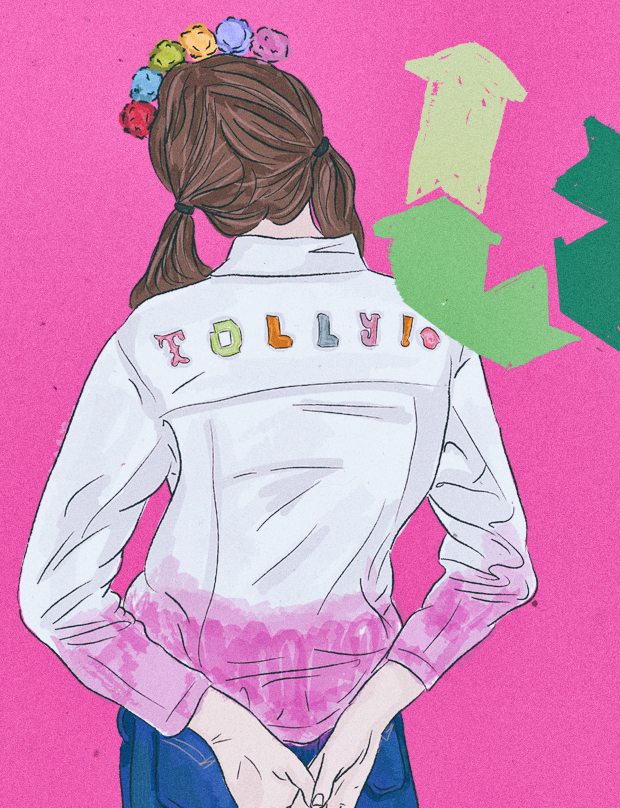It may be 10 days into 2019 but I think it’s still appropriate to wish one another a Happy New Year, right? I also think it’s still appropriate timing to start making changes and implementing new routines into our lives. I’m not one for strict resolutions (I wonder how many times you’ve heard that one?) but I understand that this time of year can be a great place for picking up some motivation…
![]()
With this and sustainable living becoming of interest to more and more people, it couldn’t be a better time to start implementing eco-friendly habits, tips and tricks into your everyday routine. This isn’t to say I think everybody should be getting into gear to start living plastic free for the next 365 days but it could be a great opportunity to at least start thinking about it, as well as the other many things you can do to ease your conscience.
For a very simple example, in the past few months, I’ve become a convert to the tote bag because not only can they be rather quite stylish, they’re also a great alternative to plastic bags on offer in stores or even ‘bags for life’, which in the UK, are still selling like hotcakes, even though the cost is supposedly a deterrent – according to the Environmental Investigation Agency, 1.18 billion were sold in 2017.
As somebody who was, up until quite recently, glued to their Paguro recycled rubber bag, the transition from handbag to tote bag, and remembering to pack my reusable water bottle and travel coffee cup inside it, did take some getting used to.
That sounds rather dramatic but if it’s said that it can take around 66 days to form a new habit then it’s not surprising that it’s easy to forget these things before popping out the door – whether it be a tote bag, a bottle or even saying no to meat if you’re a transitioning vegetarian.
Enter – a printable habit tracker, designed by yours truly (scroll down if you want to download it). If anything, I’d like this to act as a fun experiment. Can we all stick to our guns and go a month practising as many small sustainable changes, as possible?
I’m sure this isn’t the first eco-inspired habit tracker out there; in fact, I know it’s not because the UN recently launched their digital Facebook Messenger ‘Act Now Bot‘ which enables you to track your sustainable actions as easily as sending a text message.
Although I do love the concept (and was proudly part of the #TakeYourSeat campaign that ran alongside it), I know a lot of people that prefer to do things the old fashioned way with pen and paper. There’s something satisfying about being able to tick a box and see a clearer picture as you go along.
Included on the tracker are small actions such as remembering your reusable bottle, tote bag and travel cup; going for a plastic-free shop (even if it’s just the one purchase); using public transport (a recommendation via my audience on Instagram) or avoiding a purchase, as often, that’s one of the most sustainable things you can do.
If you’re already on track by cutting out things like meat from your diet (hey, me too!) then I’ve also created a veggie alternative which leaves an additional space for you to fill in your own actions to track.
~ ACCESS THE FREEBIE ~
This idea originally came from wanting to create some checklist style GIF stickers to add to my growing collection (over on GIPHY – I recently hit 1.9 billion views!), so, those are also available for you to use, too! Whenever you remember your reusable bottle and feel a little smug about it (😏), search “@tollydollyposh” under GIFs on Instagram Stories and get sticking! You can find out more about my GIPHY sticker animation work, here.
It would be amazing to know if you find this eco-friendly habit tracker helpful or whether you would like to see anything similar from me in the future. I’d love to know what you’ll be filling in the blank spaces in with – did I miss out any obvious habits to track? Let me know in the comments!



